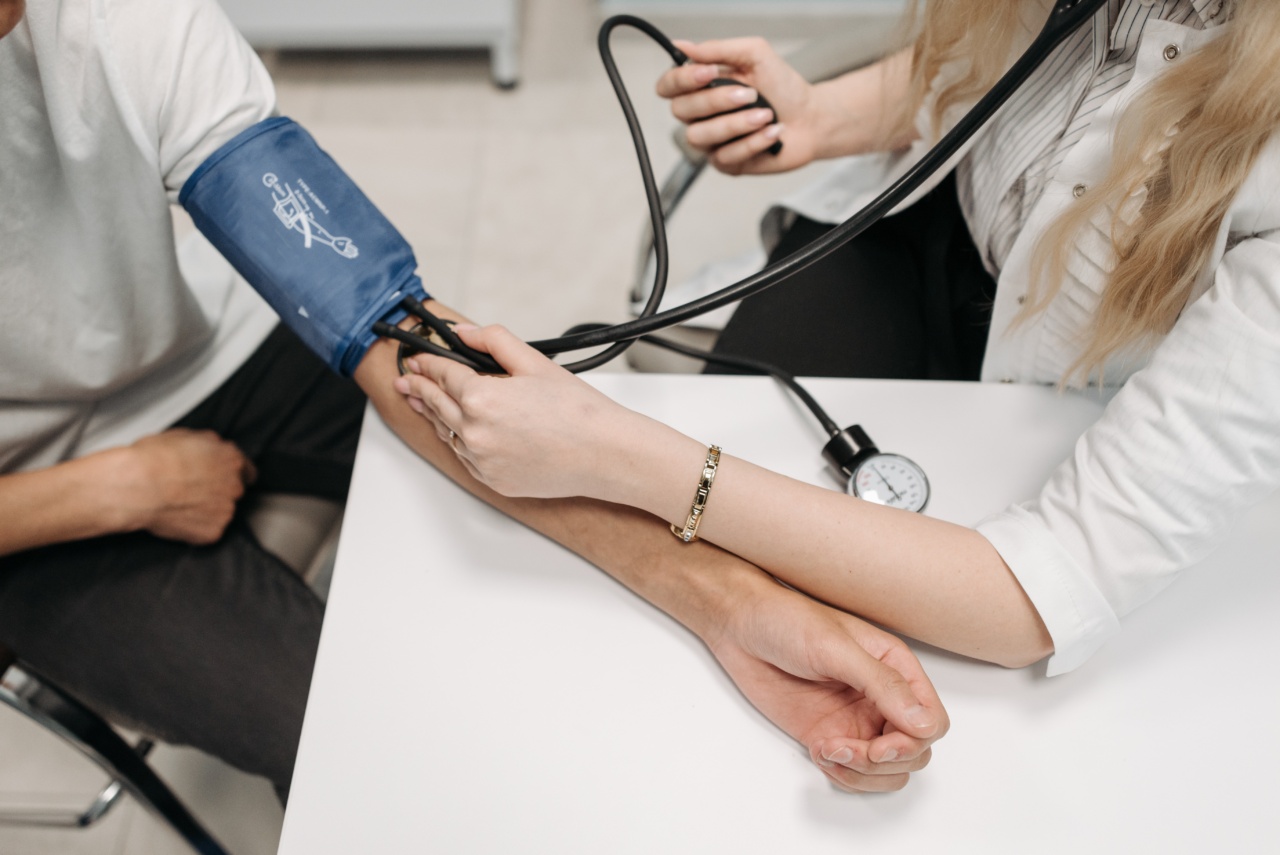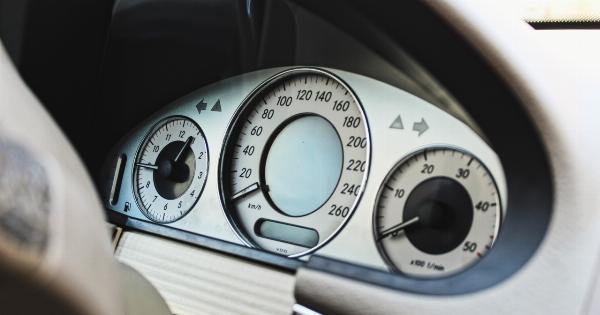Blood pressure is the force at which the blood flows through the arteries in our body.
While it is essential for maintaining our bodily functions, elevated blood pressure levels can lead to several health issues, including heart disease, stroke, and kidney failure. Therefore, monitoring our blood pressure regularly is crucial for maintaining optimal health.
How to Monitor Blood Pressure
There are several methods for monitoring blood pressure, including:.
1. Home Blood Pressure Monitors
Home blood pressure monitors are affordable devices that allow you to measure your blood pressure at home. These monitors are easy to use and provide accurate results.
2. Ambulatory Blood Pressure Monitoring
Ambulatory blood pressure monitoring involves wearing a portable device that monitors your blood pressure levels for 24 hours.
This type of monitoring is recommended for people who have fluctuating blood pressure levels or those who experience white coat hypertension (a phenomenon where blood pressure readings are higher in a healthcare setting).
3. Manual Blood Pressure Monitoring
Manual blood pressure monitoring involves using a stethoscope, blood pressure cuff, and a sphygmomanometer. While this method is accurate, it requires specific training to use, and it is time-consuming. Therefore, it is not recommended for home use.
4. Automated Blood Pressure Monitors
Automated blood pressure monitors are electronic devices that use oscillometric technology to measure blood pressure levels. These devices are easy to use, and they provide quick and accurate results.
They are also relatively affordable and recommended for home use.
5. Blood Pressure Apps and Devices
Blood pressure apps and devices are becoming increasingly popular. These apps and devices work by using sensors that are attached to smartphones or wearable devices.
They provide accurate readings and can store data over time, providing a comprehensive view of your blood pressure levels.
6. Professional Blood Pressure Monitoring
Professional blood pressure monitoring is done in a healthcare setting by a healthcare provider.
This type of monitoring might include several measurements over time, and it is recommended for people who have high blood pressure or risk factors for cardiovascular disease.
Conclusion
Monitoring your blood pressure regularly is crucial for maintaining optimal health.
Depending on your needs and preferences, you can choose from several blood pressure monitoring methods, including home monitors, ambulatory monitoring, manual monitoring, automated monitors, and blood pressure apps and devices. Always consult with a healthcare professional to determine the best method for you.





























